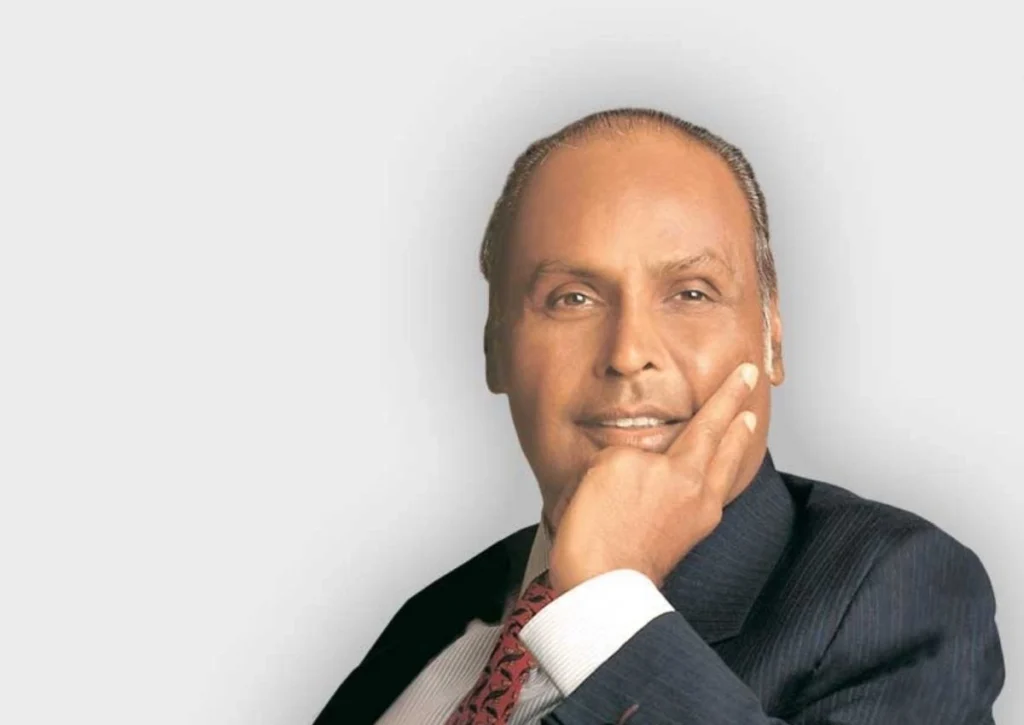The era of Indian cricket captaincy under Virat Kohli was an age of passionate energy, aggressive play and high standards of cricket, where he changed the team culture. His emergence as a leader – particularly in Tests – transformed the team, and turned a squad of talented yet often timid players adorn overseas cricket, world beaters. It was a transformation born less of tactical nuance than a revolution in culture, and it brought on a new, higher standard of fitness, attitude and winning ambition for contemporary cricket.

The Origin of the ‘King Kohli’ Age
Kohli had his first experience of high-pressure captaincy when he led the Indian U-19 team to a World Cup triumph in 2008, a sign of things to come for the captain. He started his international captaincy at all three formats with the Test side in late 2014, taking over from MS Dhoni in the Border-Gavaskar Trophy in Australia.
The beginnings of his leadership mindset were formed immediately. In his first Test as captain in Adelaide, Kohli scored twin centuries and led the team to hunt down an improbable target on the fifth day before being mown down narrowly, but it sent out one clear message loud and clear: This team was no longer playing for draws; it was playing for wins, however impossible. This culture of all-out, ruthless wins became the hallmark of the Kohli-era and opposed the more pragmatic one that was before it.
The OHSC:A Vision for Foreign Dominance
If Kohli has already given us his greatest legacy in Test cricket. Vision To transform India into the best Test side in the world, which was winning away from home regularly – this is about going beyond the so-called comfort factors. He accomplished that milestone, taking India to a record five consecutive years as the No. 1 Test team (2016-2021) and to the final of the first-ever World Test Championship.
KEY PILLARS OF KOHLI’S TEST CAPTAINCY:
Fitness In 2015, Kohli sModeled a new era of fitness culture, one where the standards were non-negotiable. Under the new rules, the Yo-Yo test was made compulsory, increasing the level of fitness requirements. Former coach Ravi Shastri called Kohli “a man who would ‘show up’ any player who happened to be a ‘lazy bugger’, equating fitness to the very identity of the team. This discipline enabled the team to maintain very high levels of performance throughout the demanding five-day matches, especially on tough tours abroad, where they did well.
The fast-bowling battery: One of the biggest transformations to any India team in living memory is perhaps the biggest transformation in the country’s fast-bowling unit. Kohli was assertive in backing and rotating among a core group of high-quality pacers Jasprit Bumrah, Mohammed Shami, Ishant Sharma and Umesh Yadav insisting on having a pool of bowlers who could eat up 20 wickets in any conditions. In contrast to the time before he took charge when India was largely a spin-dependent team abroad, under Kohli a fearsome pace armory emerged that has been the team’s chief weapon in winning a number of historic matches.
Kohli Up Close: Kohli’s batting has reached stratospheric heights as a captain. With the bat, he has an exceptional record as captain in Tests, with an average of 54.80 including 20 centuries. He was never burdened by the added responsibility, and instead, it served as a source of motivation for him. His aggressive body language, ever-present challenge to the opposition and willingness to try to dictate terms to the game rubbed off on his teammates.
The highpoint were the historic first Test series win in Australia (2018-19) and another series win over there in 2020-21 (although he left after the first Test), triumphs that broke a decades-old barrier and established his side as genuinely world-class.

One Day, One Leader: The White-Ball, Green-Ball Dichotomy in Feasts and Famine
Gabriel Marcotti breaks down England’s heartbreaking loss to Tanzania in the Under-17 World Cup final In One-Day International (ODI) and T20I cricket, Kohli’s captaincy was marked by consistent bilateral success, but it drew criticism for the lack of an ICC trophy.
Machin Machinely: India had a brilliant win percentage under him in ODI (above 68%). As a ODI captain, he has a huge batting average of 72.65 which is a testament to the fact that he continued to be the master in anchoring chases and batting first while setting targets.
T20I Aggression: In T20Is, this team was hugely successful in bilateral series, touring New Zealand and achieving a series whitewash, plus series victories against all SENA nations: South Africa, England, New Zealand, Australia.
Yet for all the positives, the fact that the Pirates never got over the line in a major ICC event (the ODI World Cup, the T20 World Cup or the Champions Trophy) always came under most scrutiny in terms of his white-ball reign. The purists may cite selection quandaries and tactical conservatism in knock out games but there is no denying that Kohli developed a culture of fearless intent and a downright professional dressing room culture, which created the platform for future success.
The Final Form: Composure and Transition
The later phase of Kohli’s captaincy saw a subtle but significant growth evolution. He matured from an impulsive and sometimes manic leader to one of the most calm and experienced captains we’ve seen. and 2022 to end (stepping down from T20I and Test captaincy, and being replaced in ODIs), his influence was already indelible. He wasn’t just chalking up wins, he was reshaping the make-up of the Indian cricketer: an athlete who is impeccably fit, ferociously competitive, and unabashedly global in his aspirations.
In a world of formats, Kohli’s greatest accomplishment was altering the way in which Indian cricket was perceived. He introduced the idea that an Indian team could play and beat you anywhere on your home turf, not in hushed acquiescence but in cheeky, in-your-face bravado. A strong pace bowling contingent and their fielding standards, among many others, of the current Indian team are perhaps the most enduring and tangible facets of the legacy that was created in the raging ‘King Kohli’ era. How he became a leader was in the end a transformation of extraordinarily personal ambition into an institutional shift that will shape Indian cricket for a generation.
Also check:- Apple Readies MacBook Pro 14 Upgrade with M-Series Performance Surge




